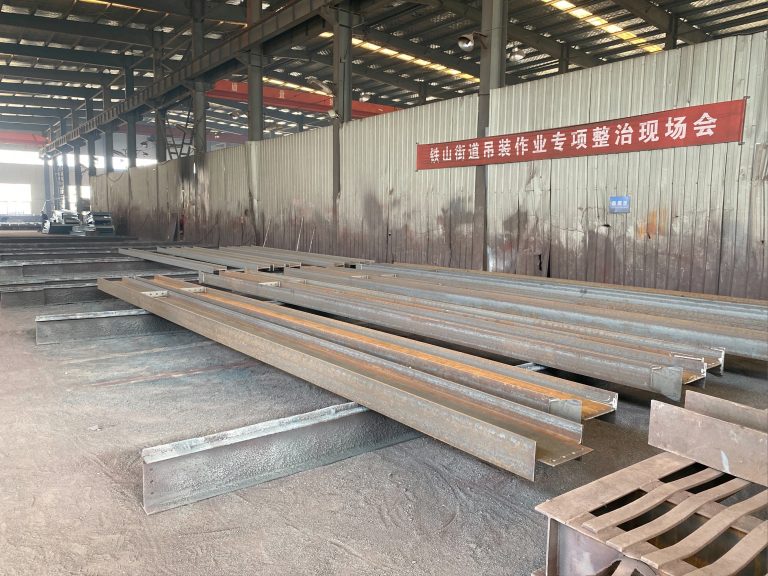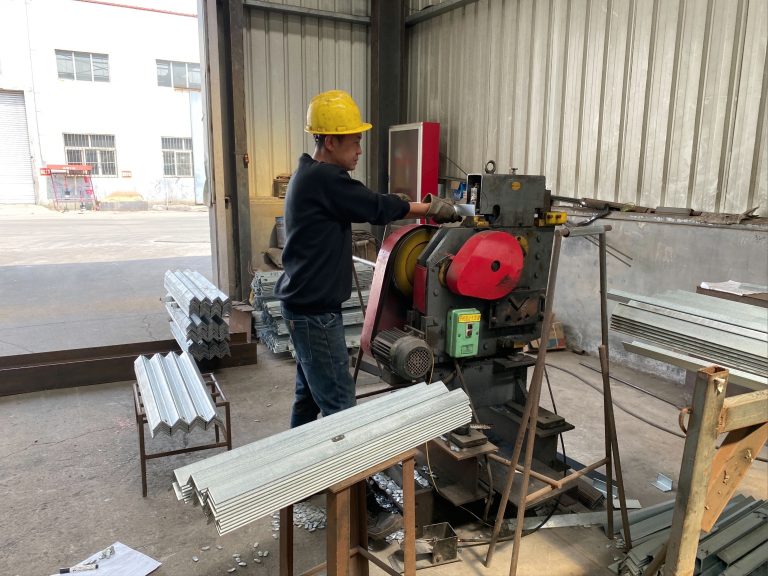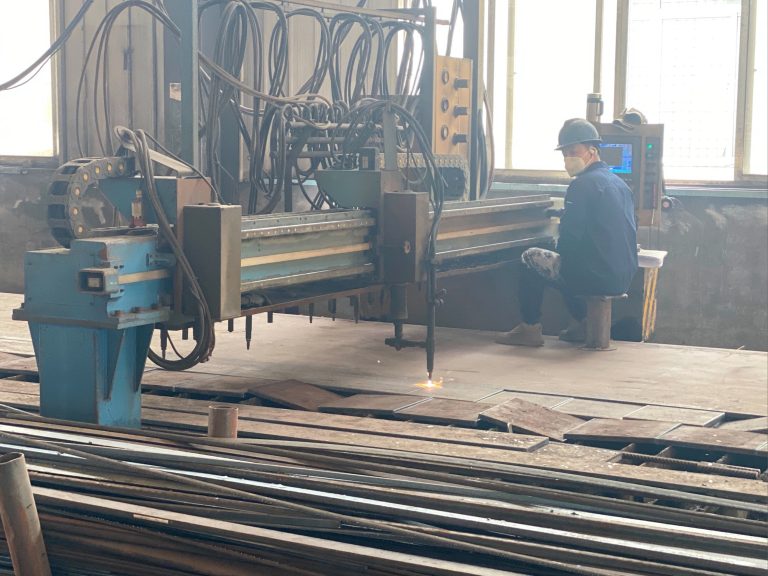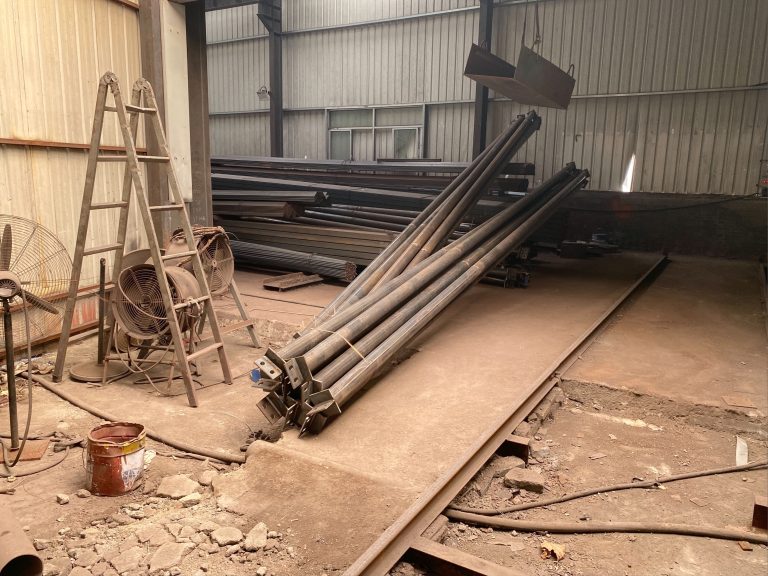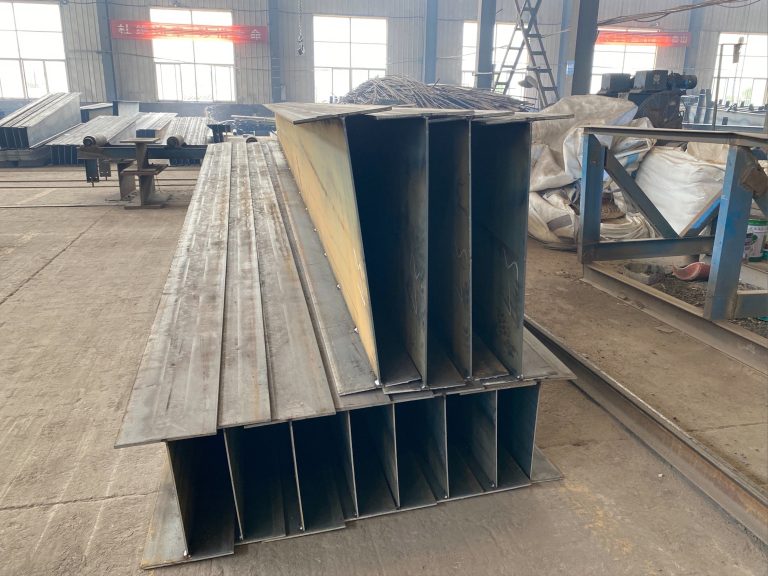Design and application of steel structure in agricultural facilities
Table of Contents
Benefits of Using Steel Structures in Agricultural Facilities
Steel structures have become increasingly popular in the construction of agricultural facilities due to their numerous benefits. From barns and storage buildings to greenhouses and processing plants, steel structures offer a versatile and durable solution for farmers and agricultural businesses. In this article, we will explore the benefits of using steel structures in agricultural facilities and how they can improve efficiency and productivity in the farming industry.
One of the key advantages of steel structures in agricultural facilities is their strength and durability. Steel is a highly durable material that can withstand harsh weather conditions, heavy loads, and pests. This makes it an ideal choice for buildings that need to withstand the rigors of agricultural operations. Steel structures are also resistant to fire, mold, and rot, making them a low-maintenance option for farmers.
In addition to their durability, steel structures are also highly customizable. Farmers can easily modify and expand their steel buildings to accommodate changing needs and growing operations. This flexibility allows farmers to adapt their facilities to new technologies, equipment, and production methods without the need for costly renovations or rebuilds. Steel structures can also be designed to maximize space and efficiency, allowing farmers to make the most of their available land and resources.
Another benefit of using steel structures in agricultural facilities is their cost-effectiveness. While the initial cost of steel buildings may be higher than traditional construction materials, such as wood or concrete, the long-term savings can be significant. Steel structures require less maintenance and repair than other building materials, reducing ongoing costs for farmers. Additionally, steel buildings are energy-efficient and can be insulated to reduce heating and cooling costs, further saving farmers money in the long run.
Steel structures are also environmentally friendly. Steel is a recyclable material that can be reused and repurposed, making it a sustainable choice for agricultural buildings. Steel structures can also be designed to maximize natural light and ventilation, reducing the need for artificial lighting and climate control systems. This not only saves energy but also creates a healthier and more comfortable environment for plants, animals, and workers.
In conclusion, the design and application of steel structures in agricultural facilities offer numerous benefits for farmers and agricultural businesses. From their strength and durability to their cost-effectiveness and sustainability, steel buildings provide a versatile and efficient solution for modern farming operations. By choosing steel structures for their agricultural facilities, farmers can improve efficiency, productivity, and profitability while reducing their environmental impact. Whether building a new barn, storage facility, greenhouse, or processing plant, steel structures are a smart choice for the future of agriculture.
Design Considerations for Steel Structures in Agricultural Buildings
Steel structures have become increasingly popular in the construction of agricultural facilities due to their durability, strength, and cost-effectiveness. When designing a steel structure for an agricultural building, there are several key considerations that must be taken into account to ensure the structure meets the specific needs of the facility.
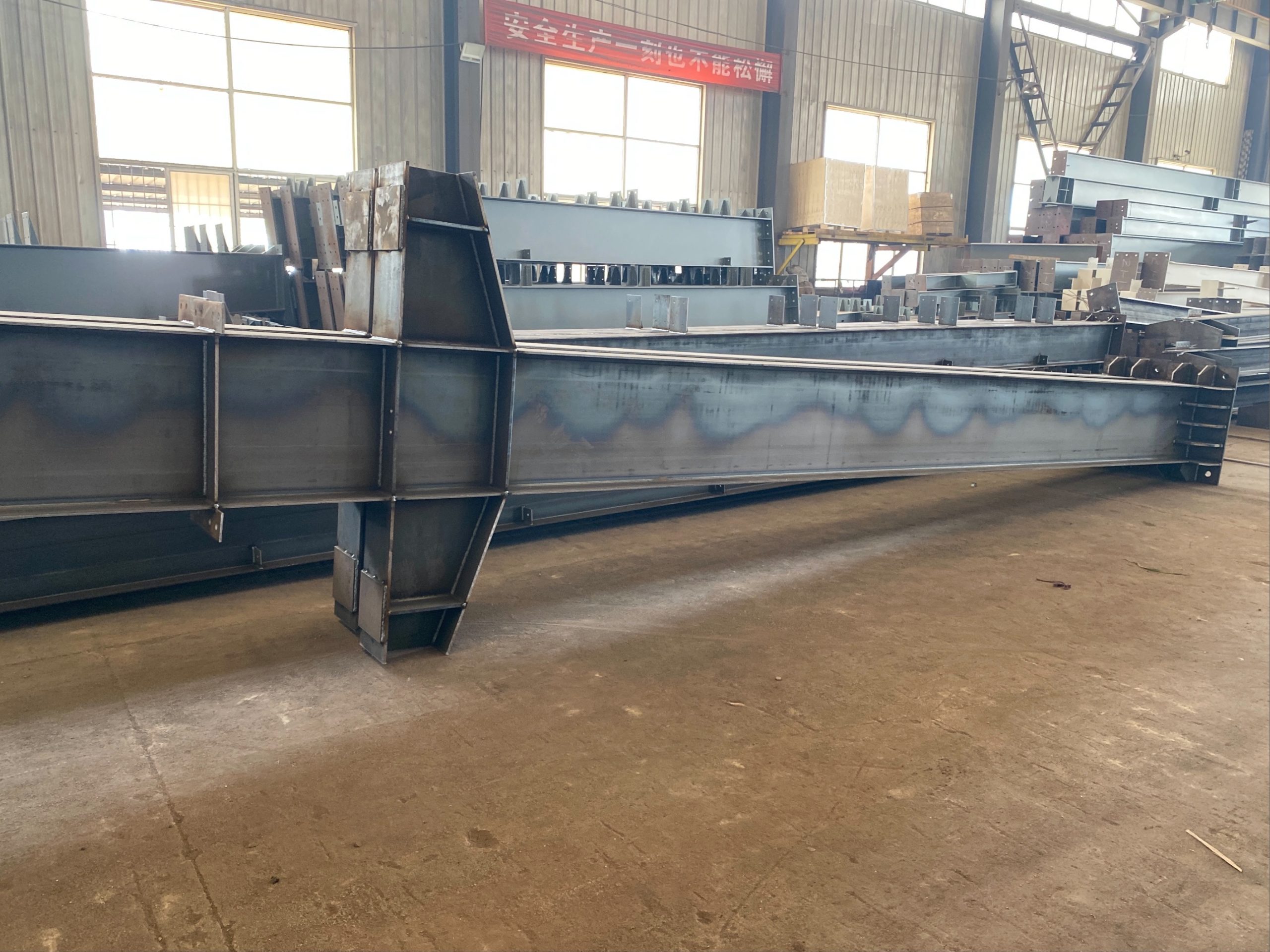
One of the most important considerations when designing a steel structure for an agricultural building is the type of agricultural activities that will be taking place within the facility. Different agricultural activities have different requirements in terms of space, ventilation, and load-bearing capacity. For example, a dairy farm may require larger open spaces for cattle to move around, while a grain storage facility may require strong load-bearing walls to support the weight of stored grain.
Another important consideration when designing a steel structure for an agricultural building is the climate and weather conditions of the location where the facility will be built. Agricultural buildings are often exposed to harsh weather conditions such as high winds, heavy snow loads, and extreme temperatures. The steel structure must be designed to withstand these conditions and provide a safe and secure environment for the agricultural activities taking place within the facility.
In addition to considering the specific needs of the agricultural activities and the climate of the location, it is also important to consider the overall layout and design of the steel structure. The layout of the facility should be designed to optimize the flow of materials, equipment, and personnel within the building. This may involve incorporating features such as wide doorways, high ceilings, and clear spans to allow for easy movement and efficient operation within the facility.
When designing a steel structure for an agricultural building, it is also important to consider the long-term maintenance and durability of the structure. Steel structures are known for their durability and low maintenance requirements, but proper design and construction techniques must be used to ensure the longevity of the structure. This may involve using high-quality materials, proper insulation, and corrosion-resistant coatings to protect the steel from the elements and ensure the structural integrity of the building.
In conclusion, the design and application of steel structures in agricultural facilities require careful consideration of the specific needs of the agricultural activities, the climate and weather conditions of the location, and the overall layout and design of the facility. By taking these factors into account and using proper design and construction techniques, steel structures can provide a durable, cost-effective, and efficient solution for agricultural buildings. Whether it is a dairy farm, grain storage facility, or livestock barn, steel structures offer a versatile and reliable option for agricultural construction projects.

